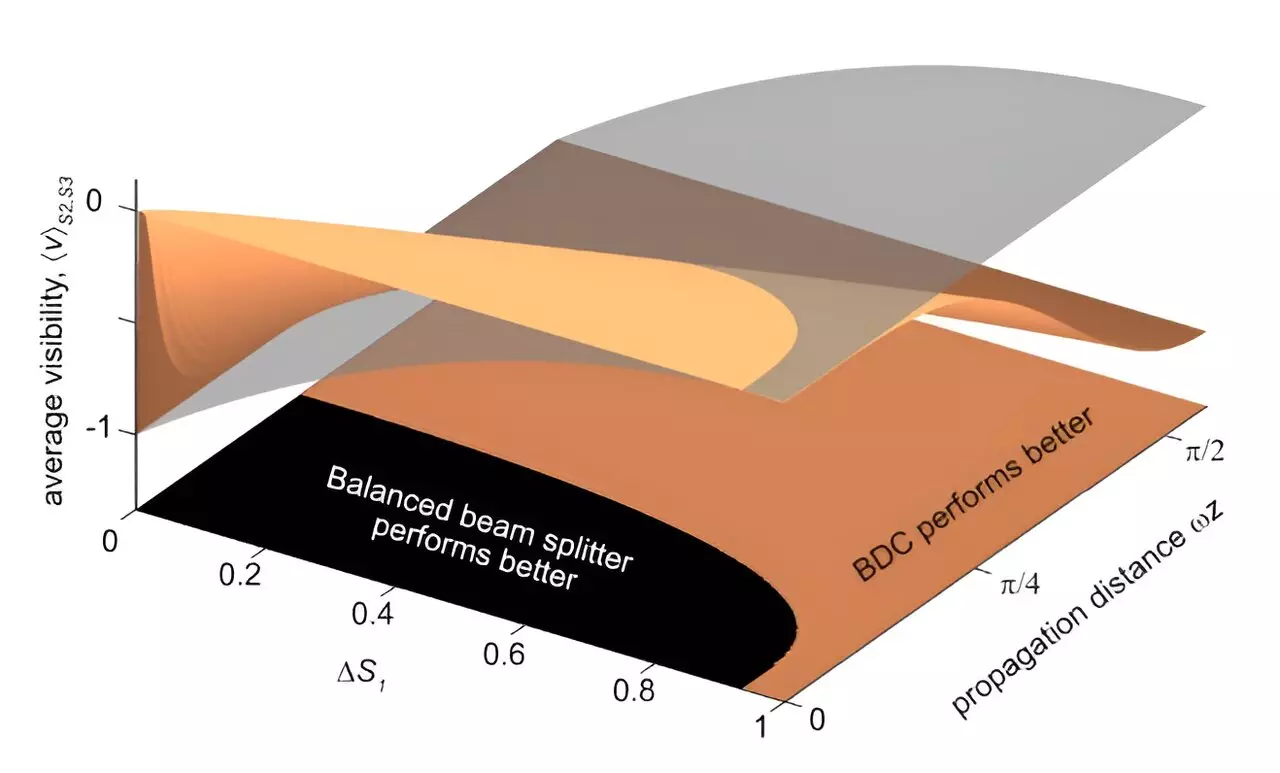Scientific breakthroughs often occur when researchers combine seemingly unrelated concepts to push the boundaries of knowledge. Just as Maxwell’s theory of light emerged from the reciprocity of electricity and magnetism, a recent collaboration between Professor Szameit’s research group at the University of Rostock and researchers from Albert-Ludwigs-Universität Freiburg has led to a groundbreaking discovery in the field of optical waveguide circuits. By harnessing the concept of topologically protected wave propagation, the researchers have been able to stabilize the interference of photon pairs in optical chips, as detailed in their publication in Science.
Professor Alexander Szameit and his team at the University of Rostock have delved into the evolution of light within optical waveguide circuits, with a specific focus on the influence of topology. Topology, originally a mathematical concept used to classify solid geometries based on their global properties, has proven to be a key element in understanding the behavior of light in waveguide systems. Szameit explains that in topological systems, light adheres strictly to the overall characteristics of the waveguide structure, making it resilient to local perturbations such as defects or disorder. This unique property has opened up new avenues for exploring the interactions of photons in optical setups.
The foundation for the recent research findings can be traced back to a seminal experiment conducted by physicists Hong, Ou, and Mandel in 1987. Their observations of photon pairs in a beam splitter demonstrated the interference patterns that arise when photons interact with each other as wave-like entities. This phenomenon, independent of topology at the time, laid the groundwork for understanding the quantum nature of light particles and ultimately led to advancements in optical quantum technologies, including quantum computing. By bridging the gap between topological wave propagation and photon interference, the researchers have uncovered new possibilities for leveraging quantum properties in optical systems.
In a world where quantum technologies are becoming increasingly complex, the concept of topological protection offers a valuable design tool for ensuring the reliability of optical elements. Max Ehrhardt, the lead author of the study, emphasizes the importance of maintaining the functionality of optical components despite manufacturing tolerances. By intertwining topologically robust light propagation with the interference of photon pairs, the researchers have achieved a significant milestone in the field of quantum optics. This marriage of quantum phenomena and topological principles has the potential to revolutionize the way we approach optical system design and implementation.
As the researchers continue to explore the capabilities of their waveguide systems, they are uncovering new possibilities for creating topological structures that interact with quantum light. Dr. Matthias Heinrich, a senior scientist on the team, notes the versatility of their waveguide setups and envisions a future where topological systems play a pivotal role in advancing quantum technologies. Professor Szameit echoes this sentiment, stating that their current work represents just the beginning of a symbiotic relationship between topological wave propagation and quantum interference. The team remains committed to pushing the boundaries of knowledge in optical physics and paving the way for future innovations in quantum optics.


Leave a Reply